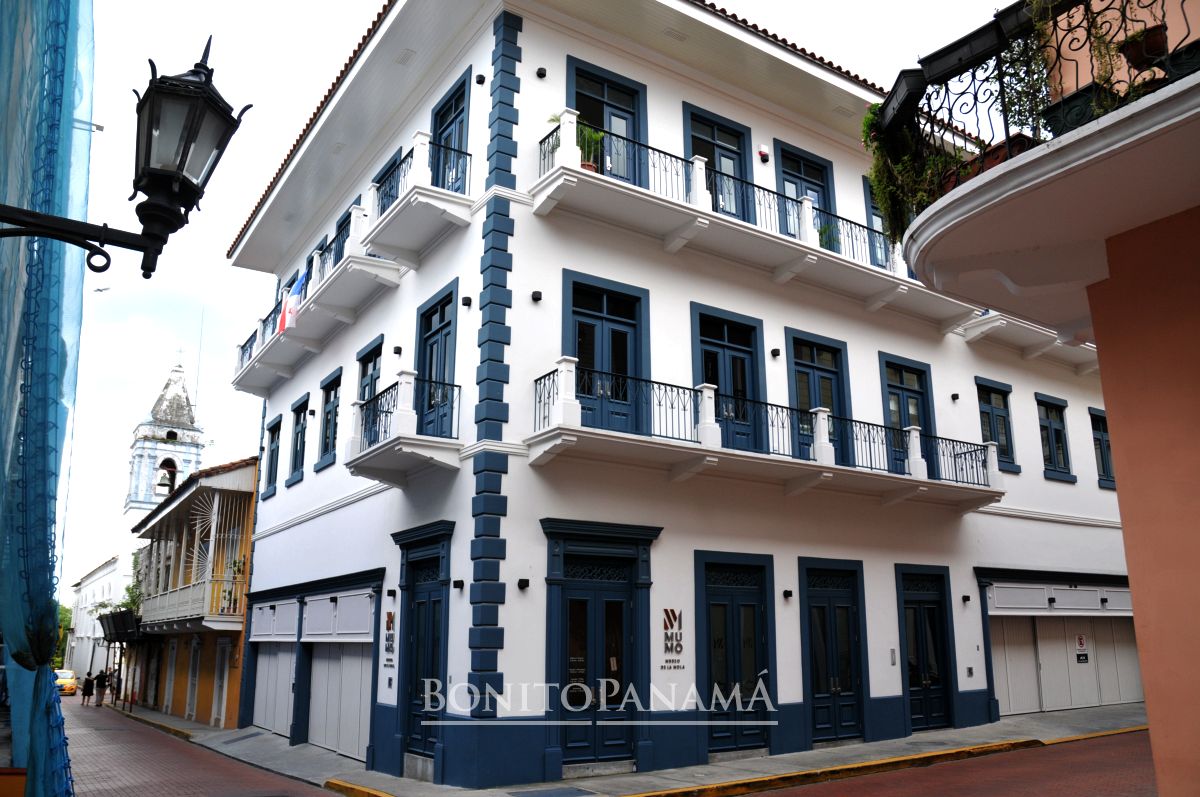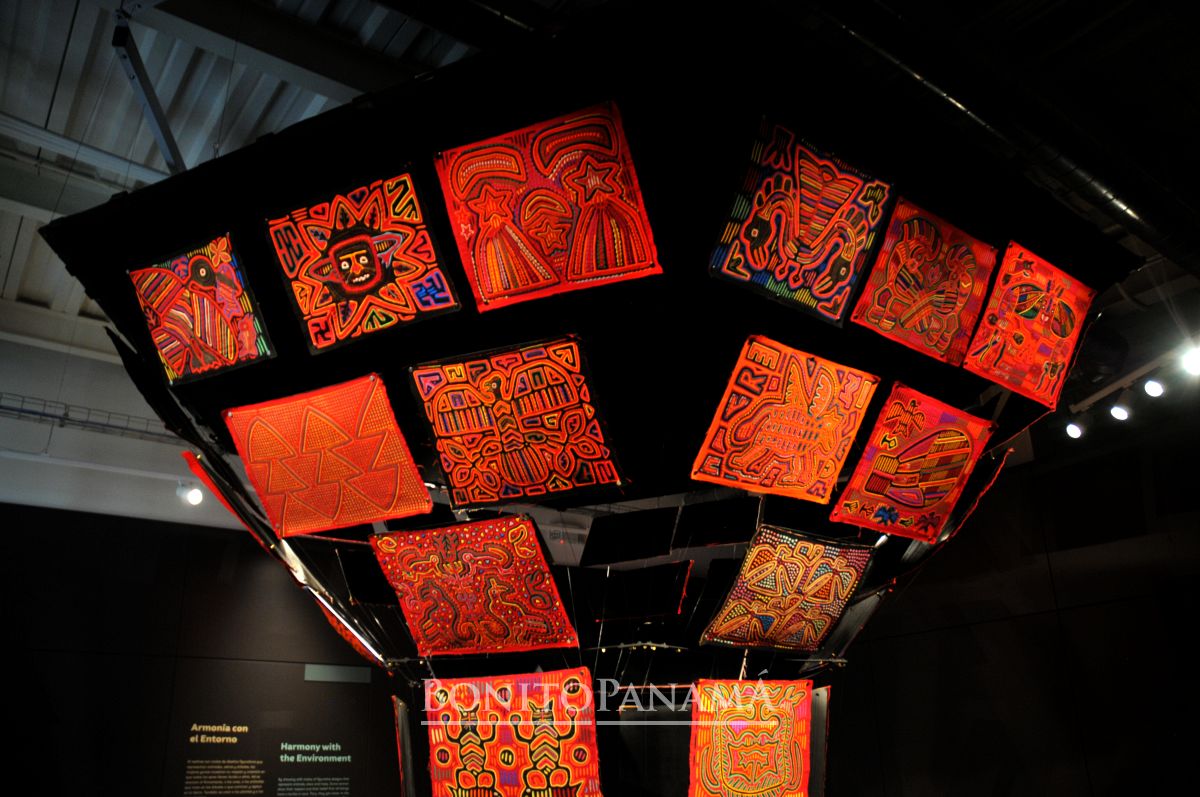The mola has its origins in body painting and in contact with fabrics, to then paint them, the gunas came only through the settlement of the Spaniards. Molas often serve as "living history books" and as a template serve the Gunas traditional and geometric shapes. Black, orange or wine-red are the typical basic colors of a mola.
The mola is a traditional sewing craft from Panamá. Along with colorful wrap skirts and head scarves, and beaded necklaces on wrists and ankles, they make up the women's traditional clothing. They are mainly worn on the women's blouses and are thus a very impressive part of the costume of the so-called "Guna Indios". This art originated in the middle of the 19th century, because at that time the Guna Indians got large availability of colored cotton fabrics. These serve as canvases and the motifs are derived from the body painting. The quality of the mola is characterized by the number of layers of fabric, but also by the size of the cut out images, as well as the fineness of the individual sewing stitches.
The more finely crafted a mola is, the more time-consuming it is to create, of course, but this makes it unique. The worldwide interest in these "unique pieces" continues to grow, so the Molas are already in many private collections or museums around the world.
Museo de la Mola (MUMO)
Another interesting point, however, is that for the Mola since 01 December 2019 now in Panamá City has been built its own museum, in which all the pride of the inhabitants towards their beloved tradition is reflected. You can admire in the "Museo de la Mola" (MUMO) in Panamá various exhibits, but also, for example, on a large wall, which was specially created for this, create your own Mola ideas.
"A guna woman absorbed in sewing her mola lives in contact with the inner world. Her hands convey the power of the invisible forces of nature and materialize the abstract forms they protect. When she recreates historically transmitted designs in molas, she records and forever preserves her communal worldview and history."
Discover even more about the culture and traditions of Panamá on our BonitoPanama page or on your own round trip to Panama.



